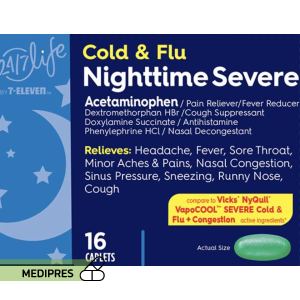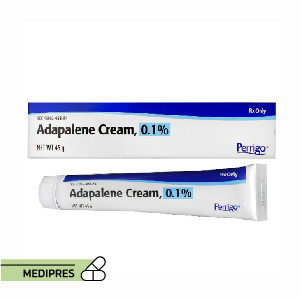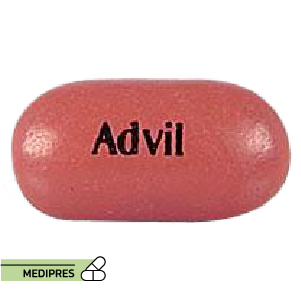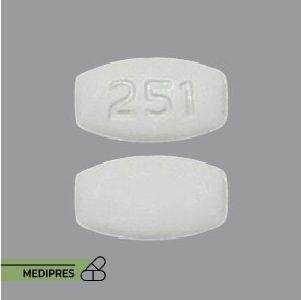
Acarbose
23 June, 2023
Acid Gone Extra Strength
23 June, 2023Acetaminophen, dextromethorphan, doxylamine, and phenylephrine
Generic name:
Acetaminophen; Dextromethorphan; Doxylamine; Phenylephrine
Drug class:
Analgesic/Antipyretic; Antitussive; First-generation Antihistamine; Sympathomimetic Decongestant
Dosage form:
Tablets; Caplets; Gelcaps; Liquid Suspension; Extended-Release Tablets (varies by brand)
Root of administration:
Oral
Dose:
Adults and children 12 years and older: 2 caplets (325 mg acetaminophen /10 mg dextromethorphan HBr /6.25 mg doxylamine succinate /5 mg phenylephrine HCl) every 4 hours; maximum 8 caplets in 24 hours. Adjust per label for pediatric use under supervision. Varies by indication; consult label.
Mechanism of action:
Acetaminophen inhibits central prostaglandin synthesis reducing pain and fever. Dextromethorphan suppresses the medullary cough center via NMDA receptor antagonism. Doxylamine blocks H1 receptors producing antihistaminic and sedative effects. Phenylephrine is an α1-adrenergic agonist causing vasoconstriction and nasal decongestion.
Drug usage cases:
- Relief of cold and flu symptoms
- Symptomatic treatment of headache, fever, minor aches and pains
- Suppression of cough
- Relief of nasal congestion and sneezing
- Nighttime sleep aid in cold
- Off-label: short-term insomnia management; mild motion sickness
Drug contra indications:
- Hypersensitivity to any component
- Use of MAO inhibitors within 14 days
- Severe hypertension or cardiovascular disease
- Uncontrolled hyperthyroidism
- Severe hepatic impairment or active liver disease
- Glaucoma (narrow-angle)
- Urinary retention or prostate hypertrophy
- Concurrent use of other acetaminophen-containing products exceeding recommended dose
- Children under 12 years (without medical advice)
Side effects:
- Drowsiness, sedation
- Dizziness, impaired coordination
- Dry mouth, throat irritation
- Nausea, vomiting, gastrointestinal upset
- Constipation
- Palpitations, tachycardia, hypertension
- Headache, nervousness, restlessness
- Blurred vision
- Urinary retention
- Risk of hepatotoxicity with overdose
- Allergic reactions: rash, pruritus, angioedema
Warnings:
- Do not exceed recommended dosage—risk of severe liver damage
- Use caution in patients with cardiovascular disease, hypertension, diabetes, or hyperthyroidism
- Avoid alcohol consumption—enhances hepatotoxic risk and sedation
- May impair mental alertness—caution when driving or operating machinery
- Potential for additive anticholinergic effects—avoid in narrow-angle glaucoma, urinary retention
- Risk of serotonin syndrome when combined with SSRIs, SNRIs, MAOIs, triptans, or linezolid
- Elderly patients: increased sensitivity—start at lower dose
- Not intended for long-term use—evaluate underlying cause if symptoms persist >7 days
Use during pregnancy or breastfeeding:
Pregnancy: Acetaminophen is generally regarded as safe when used at recommended doses. Dextromethorphan and doxylamine cross the placenta—use only if benefit outweighs risk; potential for neonatal sedation. Phenylephrine may reduce uteroplacental blood flow—avoid or use only under medical supervision. Breastfeeding: Acetaminophen is excreted in breast milk at low levels and is considered acceptable. Dextromethorphan and doxylamine are excreted in milk—monitor infant for sedation or irritability. Phenylephrine excretion is minimal but data are limited—use with caution and observe infant for adverse effects.



